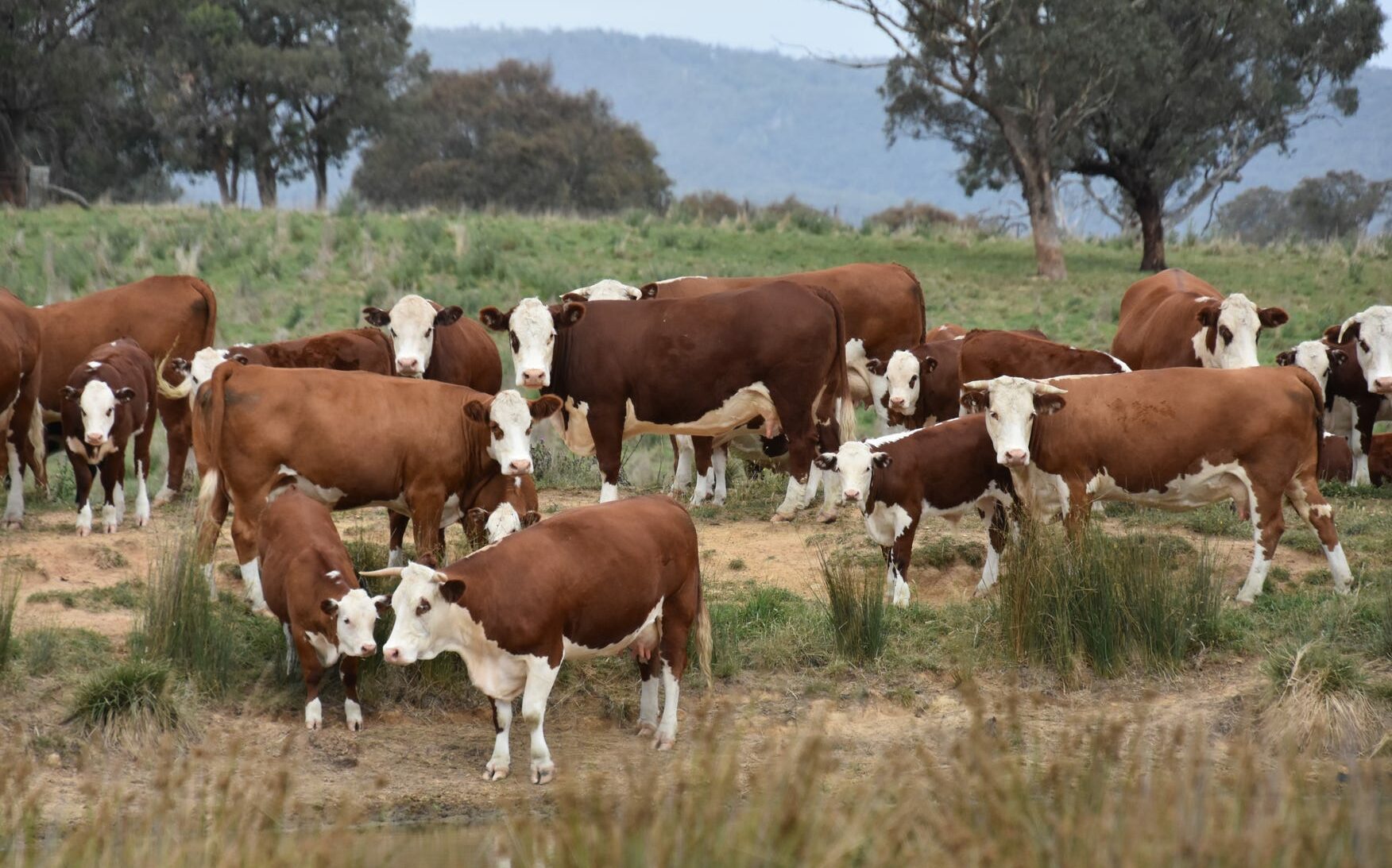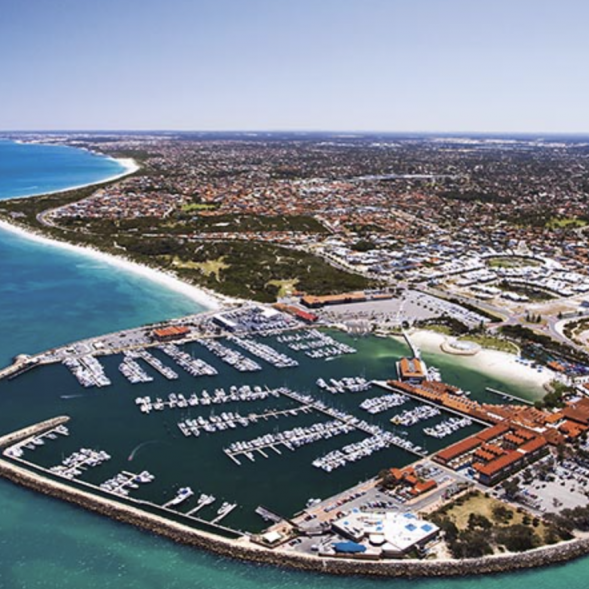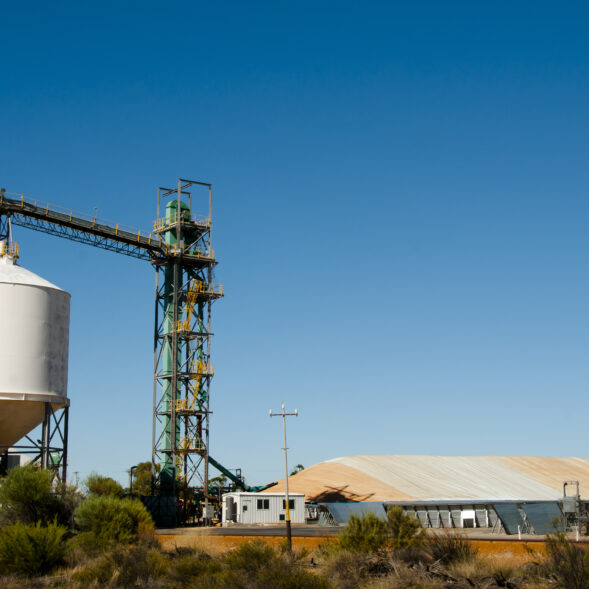National Overview from our Agribusiness Experts
This month our rural valuers are generally reporting diminished market sentiment for grazing properties around the country compared to a year ago, and certainly compared to the strong competition during what we are now seeing as the peak of the grazing land market around 2022 to early 2023. However, while sentiment has waned and selling periods have generally lengthened, in most cases value levels appear to be holding at their historic highs – for the short term at least. While there are definitely other economic headwinds that have contributed to a stalling in demand for grazing land (particularly interest rate hikes) it is clear that the scale and pace of decline in livestock prices during 2023 from their record highs in 2022 impacted heavily on the confidence to invest in grazing land.
But this year we saw one of our most influential markets, cattle, gradually inch its way back towards a longerterm average price, and along with modest to reasonable optimism for increased export demand (particularly to the US who are rebuilding their herd from a seventy year low) there is now more stability and modest confidence in that market. There have also been better than expected, average to above average seasonal conditions across large areas of eastern Australia in the year to date, which, coupled with the stabilised cattle market, is underpinning grass sales in some regions.
To some extent, the forward-looking stability in the cattle market combined with what remains of significant cash reserves generated on grazing properties by extraordinarily high earnings between 2019/20 and 2022 appear to have countered the impact of rising costs and other economic headwinds, for the short term at least. However, not all sectors have been treated so kindly, as observed in coverage of Central West Queensland where our valuers report declining confidence in the market for sheep and goat grazing land given the more severe decline in those two livestock markets (with the exception of the lamb market which has been above average).
Frank Peacocke










